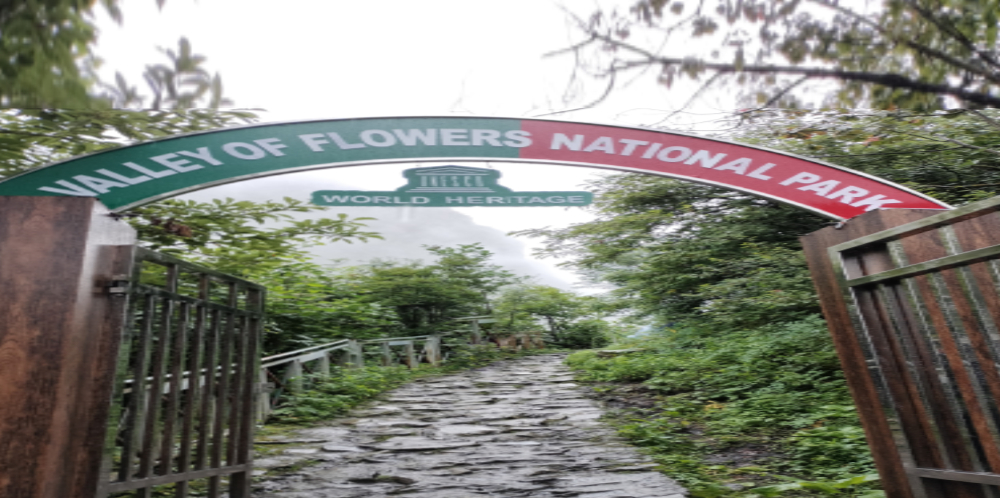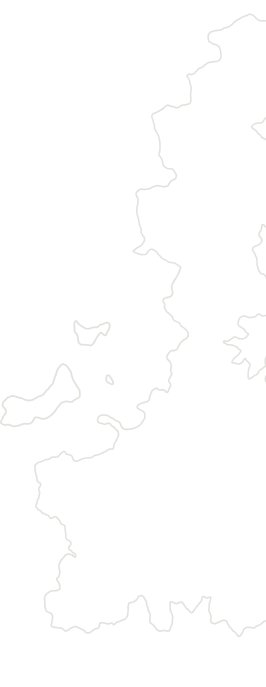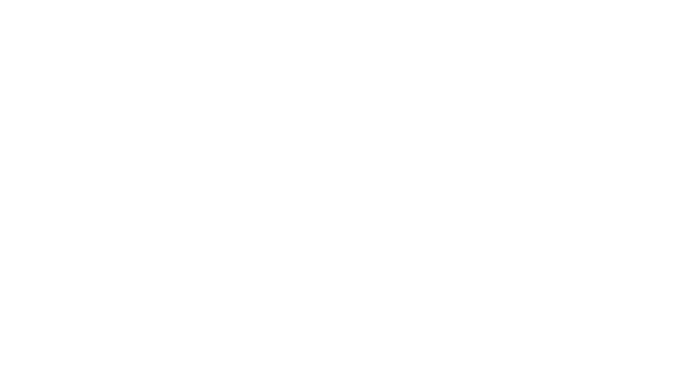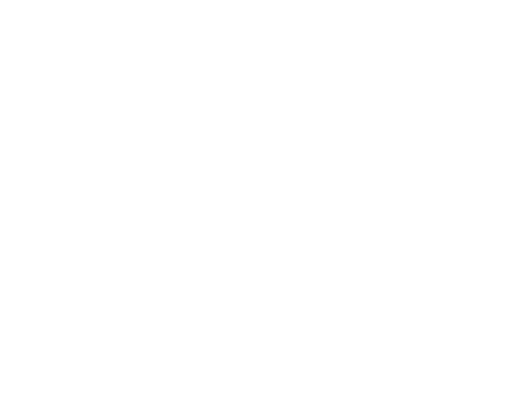
ABOUT
Is this trek for me? ↓
The difficulty level of The Valley of Flowers trek is moderate, which requires you to be in good shape. We even recommend this trek to first timers, but only those who are fit and adequately prepared. This is a chance to get amongst the Himalayas in relative comfort of simple lodges and tents. The trekking days are not long, as your body needs time to acclimatise and after all, you are on holiday. You will need to be able to walk for 4-8 hours a day with a daypack.
Experience ↓
This trek introduces you to high altitude trekking. A spirit of adventure and a willingness to stretch your horizons are what you’ll need. Some experience of hiking will be an advantage.
Why Safarnaama? ↓
Our WoW…Way of Working.
On this Valley of Flowers trek your trek leader will be a qualified Himalayan trek guide with his hospitable team. They are there to ensure your trek is a wonderful fun and safe experience.
Your accomplished and friendly trek guide will help you to enjoy and appreciate the cultural, and natural attractions of the region. They will assist with daily arrangements as you eat in and stay in the tents. The package uses a steady acclimatisation program and allows time for bad weather along the way, giving participants the maximum chance of success.
The trek will be well planned, well led, and well-resourced with good quality food, transport, equipment, first aid and communications.
Hospitable stay and meals ↓
In Delhi/Dehradun: We will be staying at 5-star hotel. It is safe, clean, and well-staffed place to leave your clean town clothes and other gear when you are in the hills. Apart from hotel’s lavish buffet one can find the specialty in local cuisine, there are many restaurants in Delhi/Dehradun catering to western tastes as well as plenty of local cuisine.
On the Trek: Generally, along the regular trekking areas we have our own clean and spacious camp sites. We always try to camp away from the crowded site to a cozy solitude premises. Every client will have their own tent unless there are couples, or they wish to share the tent. Tents are all equipped with mattresses and a ground sheet for preventing cold. In these busy trek trails we have an associate to provide us the property with assistance to maintain our SOPs.
With our mountain kitchen our professional mountain chef prepares three-time meals a day (Breakfast, Lunch, Dinner).
They are well trained & educated of hygienic, healthy as well as the delicious taste variety and have experience and knowledge to cook different dishes from continental, Indian, Chinese, and Italian cuisine and all are prepared to high-end hygiene standards to keep you healthy, though the way cooking is typical, but the taste is a matter of passion. If someone prefers to have pure himalayan food will be served during the treks. Himalayan food include Daal (pulses) bhaat (rice) sabji (dried vegetables curry) is the special one.
Best time to do it ↓
Autumn season (Sept-Nov) being the best season for trekking, offers excellent weather and tantalizing mountain views, and best season for peak climbing. The Valley of Flowers invites to see the maximum blooming of flowers by 15th of August every year. So, if the aim is to witness the maximum blooming in the Valley of Flowers then this the only date to report. This time is blessed for the keen botanist as the higher valleys and meadows blossom with flowers and lush vegetation.
Although Travel in Uttarakhand Himalayas can be organized throughout the year, October through May are considered the best months for trekking as sometimes monsoon months can close the road approach to a start point of the trek.
Currency ↓
The unit of the Indian Currency is Rupee. One Indian Rupee is made up of 100 paisa. Indian Rupee notes come in Rs. 1, 2, 5, 10, 20, 50, 100, 200 and 500. Coins come in paisa 5,10, 20, 25, 50 Rs. 1, 2, 5, 10 denominations. Paisa coins are not currently used for common transactions. Foreign currency, and traveller cheques, can easily be exchanged at banks or authorized agents. In Delhi/Dehradun banks have money exchange counters, which are quick and convenient. MasterCard, Visa and American Express are accepted at all major Hotels, Travel Agencies, Restaurants and Stores. Only the first two though, are currently accepted at banks for money advances.
As from 1997 ATM services are available in India, last ATM will be available in Joshimath, 40 kms before the trek start point. Advisable is not to depend on the remote area’s ATM service. Online payment also available in the areas have internet. In the cities, and specially while trekking, change for Rs500 and bills is not easily available. Banks are open between 10:00 A.M. to 2:30 p.m., Monday to Saturday. Closed on 2nd and 4th Saturdays and national holidays.
Insurance policy ↓
We recommend cancellation insurance to protect your investment. We require participants to have travel insurance that covers medical expenses, Chopper evacuation and repatriation. Please ensure that your chosen policy provides cover for the activities (trekking and mountaineering with ropes and guides) and in the localities in which you will travel (India, to elevations up to 4,000m/13,000ft above sea level).
You may already have your own policy but if not, you will need to put something in place. Your nationality will determine what options are available to you to cover this trip. For example, the British and New Zealand Mountaineering Clubs provide cover for locals; Australians can look into Insure for less with the appropriate extensions to the standard policy. Whatever policy you take out, you must ensure that is covers the activities you will undertake on this trip.
High altitude sickness and evacuation ↓
Most of our adventures in the Himalaya take us to remote regions of high altitude. We always take our time to acclimatize properly, and we allow for additional days to get reenergised and fit. While most people may experience minor ill effects from high altitudes, there are some who have persistent symptoms, which require return to a lower altitude or emergency evacuation.
All clients are required to have travel insurance covering emergency rescue, usually by helicopter. We must stress that this kind of evacuation occurs in a life-or-death situation only. Rest/descent or both to a lower altitude are the best remedies for most illnesses experienced in the high altitude, usually none of them found out lower than 4000 meters. Circumstances differ, and the tour leader about treatment and itinerary will evaluate each situation. Considering the ill person condition, if helicopter evacuation required then just co-ordinate with your tour leader, he can talk to us, we will arrange the fastest evacuation system immediately. We will work with you to accommodate your needs and requests to the best of our ability. There are small, limited health clinics in some areas, hours of operation dependent upon the season. Additional costs incurred in cases of illness are not the responsibility of organisers or will be charged as extra cost.
Get in touch
PERSONAL CLOTHING
- Travel/town clothes (can leave extras in hotel in DLH/DDN)
- Sun hat
- Rain hat
- Sunglasses: UV & polarized are best
- Warm (fleece/wool) hat or beanie
- Fleece scarf or neck gaiter AND balaclava
- T-shirt/long-sleeved shirt
- 2 Thermal tops
- Fleece jacket or pullover mid weight
- Rain and wind-proof jacket, preferably Gore-Tex
- Rain and wind-proof pants (best with full side zips)
- Trekking shorts&/or long pants lightweight
- 1-2 Thermal long pants
- Fleece long pants, mid weight
- Several pair’s socks and underwear
- Trekking boots – we suggest strong leather Millet boots.
- Warm boots for camp (e.g. sheep skin boots) *Optional but great!
OTHER PERSONAL NEEDS
- Sunscreen, zinc cream and lip balm
- Wash kit (small personal toiletries, nail clippers and pack towel)
- First aid kit and blister kit
- Personal medicines including your usual medicines.
- Mild pain killers (e.g. Aspirin/paracetamol/ibuprofen)
- Throat lozenges
- Altitude medication (e.g. Diamox)
ITINERARY
Expand allCollapse allDAY 1
PICKUP FROM DELHI/DEHRADUN AIRPORT
STAY IN HOTEL AT DEHRADUN | EXPLORE CITY|
DAY 2
DRIVE FROM DEHRADUNH TO KARCHI
Drive Distance: 295 km | Drive Duration: 11 hours |
DAY 3
DRIVE FROM KARCHI TO POOLNA. TREK TO GHANGARIA
Drive distance: 38 km | Drive Duration: 1.5 hours
Trek distance: 9 km | Trek Duration: 5-6 hours Altitude gain: 7,785 ft to 10,520 ft
DAY 4
GHANGARIA TO VALLEY OF FLOWERS AND BACK
Trek distance: 3.7 km each way | Trek Duration: 6 hours | Altitude gain: 10,520 ft to 11,550 ft
DAY 5
GHANGARIA TO HEMKUND SAHIB AND BACK/CONTINGENCY DAY
Trek distance: 6 km each way | Trek Duration: 8-9 hours | Altitude gain: 10,520 ft to 14,107 ft
DAY 6
TREK FROM GHANGARIA TO POOLNA. DRIVE TO DHAK
Trek distance: 9 km | Trek Duration: 4 hours | Altitude loss: 10,520 ft to 6,215 ft
Drive distance: 35 km | Drive Duration: 1 hour 15 minutes
DAY 7
DRIVE FROM DHAK TO DEHRADUN
STAY IN HOTEL IN DEHRADUN |
Drive Distance: 295 km | Drive Duration: 9-10 hours |
DAY 8
DROP DELHI/DEHRADUN AIRPORT
STAY IN HOTEL AT DEHRADUN |
Drive Distance: 260/20 km | Drive Duration: 30-40 MINUTES/4-5 hours |
NOTE: THE ITINERARY IS SUBJECT TO WEATHER CONDITION.





